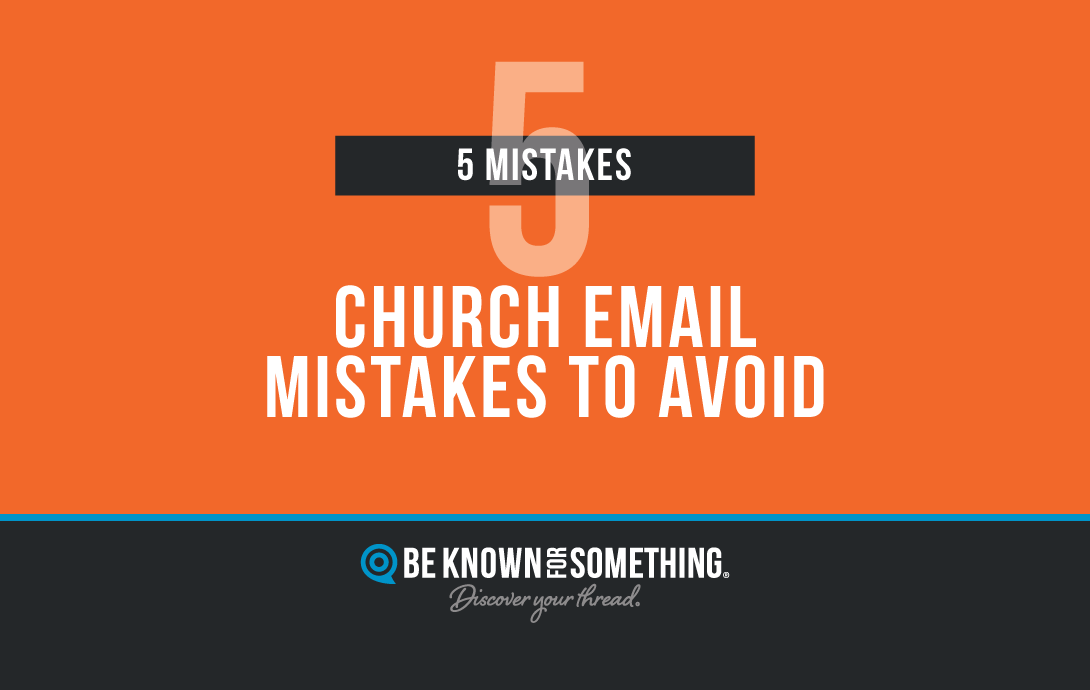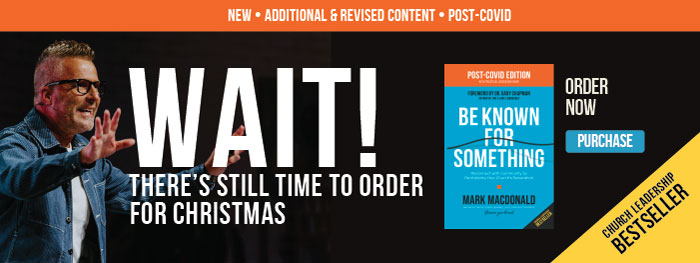5 church email mistakes to avoid weekly

Church email mistakes abound as weekly emails are sent from many churches. Why do weekly emails make sense? Here’s why: after keeping your website up-to-date with upcoming events and opportunities, you need a regular communication tool that reminds people of what’s available for them on your website.
Therefore, church emails are an important tool for church communication. They let your church interject into your member’s life. BUT BEWARE: make sure you’re building a list in an email management system (like Mailchimp or Constant Contact); all while respecting everyone’s time on your list. If you have regular church email mistakes, you’ll lose subscribers. Quickly. And it’s very difficult to get them back.
Here are 5 church email mistakes to avoid so your members will actually want your email communication:
Mistake 1: Sending to everyone. INSTEAD; consider sending different emails to email groups (that you setup). This segmenting (based on demographics) is shown to increase opening rates. Why? Because you can hone the message directly to them. And often your emails become shorter (a very good thing).
Mistake 2: Same subject lines. INSTEAD; spend time crafting a different, short, beneficial-sounding subject line that’s connected to the email’s information. If you can, use their name in the subject line (many email campaign systems allow a placeholder that will be swapped with a name when it sends).
Mistake 3: Telling them all the details. INSTEAD; do what it takes to raise awareness for key events and link to the details on your church website (don’t put all the details all in your email). If your website is set up properly, they’ll discover other church events once you lead them online. Too many details make your emails too long! Only give them promotional information that will make them interested enough to click on a website link. The shorter your email is, the more people will read it.
Mistake 4: Having lots of paragraphs. INSTEAD; concentrate on subheads, bolded words, bullet points, and links. These eye-interruptors will make your emails scannable. Always respect the time of your audience! A great email (that avoids all these church email mistakes) will be less than 150 words, avoids long paragraphs (that are often not read), and ensures scan-ability (so someone doesn’t have to read the entire email).
Mistake 5: Hidden calls to action. INSTEAD; lead your reader to the “now what” referred to as a “call to action” or “CTA”. The best emails have the fewest CTAs! The most-read emails have one point and one CTA (yes, they’re short). But what if your church wants to have lots of email information? Beware of too many buried CTAs in the content. Instead, consider subheads in your email to create sections (if you have to). Something like: “Mom? These events will connect you to other Moms”. Then have a listing of event links like “Moms Night Out” with a date and maybe the time. The title should be a link that connects to your website for more details. Finally, at the bottom, have one CTA like: “Check out more church events here”.
Want 25 Game-Changing Resolutions?
Related Posts

3 Church Leadership Skills That Transform Your Ministry
You didn’t accept a call to ministry just to maintain the status quo. You were called to lead to inspire,

How to Create a Church Marketing Strategy That Reaches Your Community
You’ve been called to lead a church that makes a difference in your city. That means developing a clear church

Top 10 Church Digital Marketing Strategies for 2026
What’s Changing, What’s Working, and What’s Next 2026 will be a year of rapid change for church digital marketing strategies


